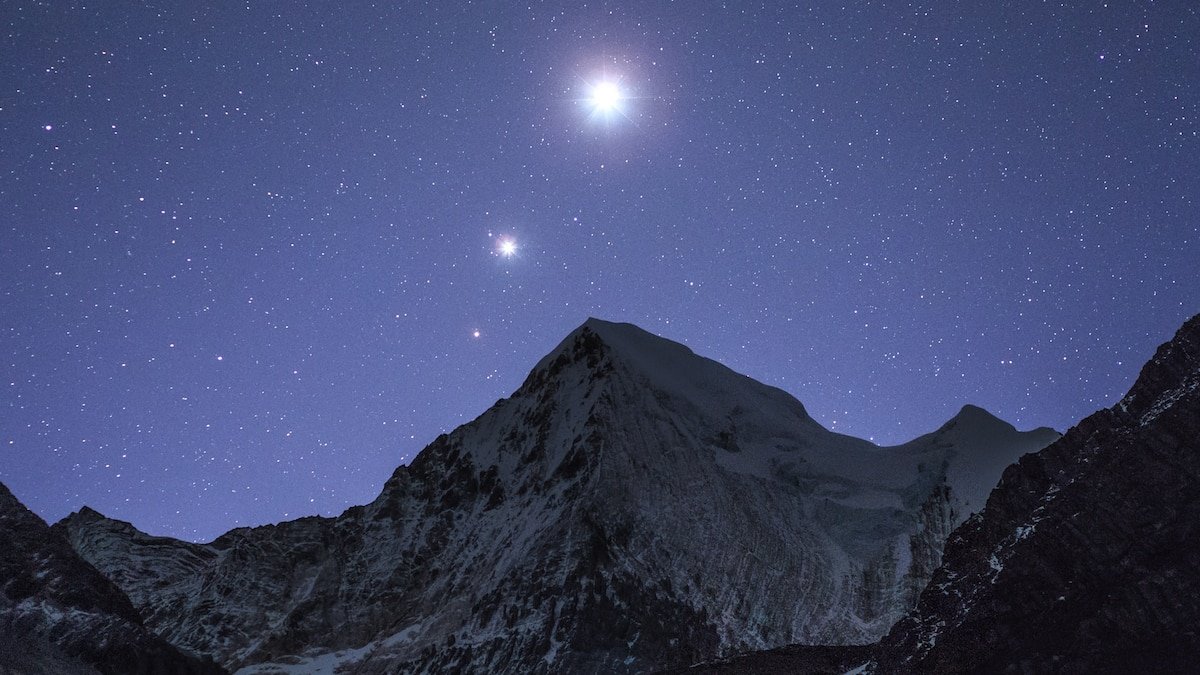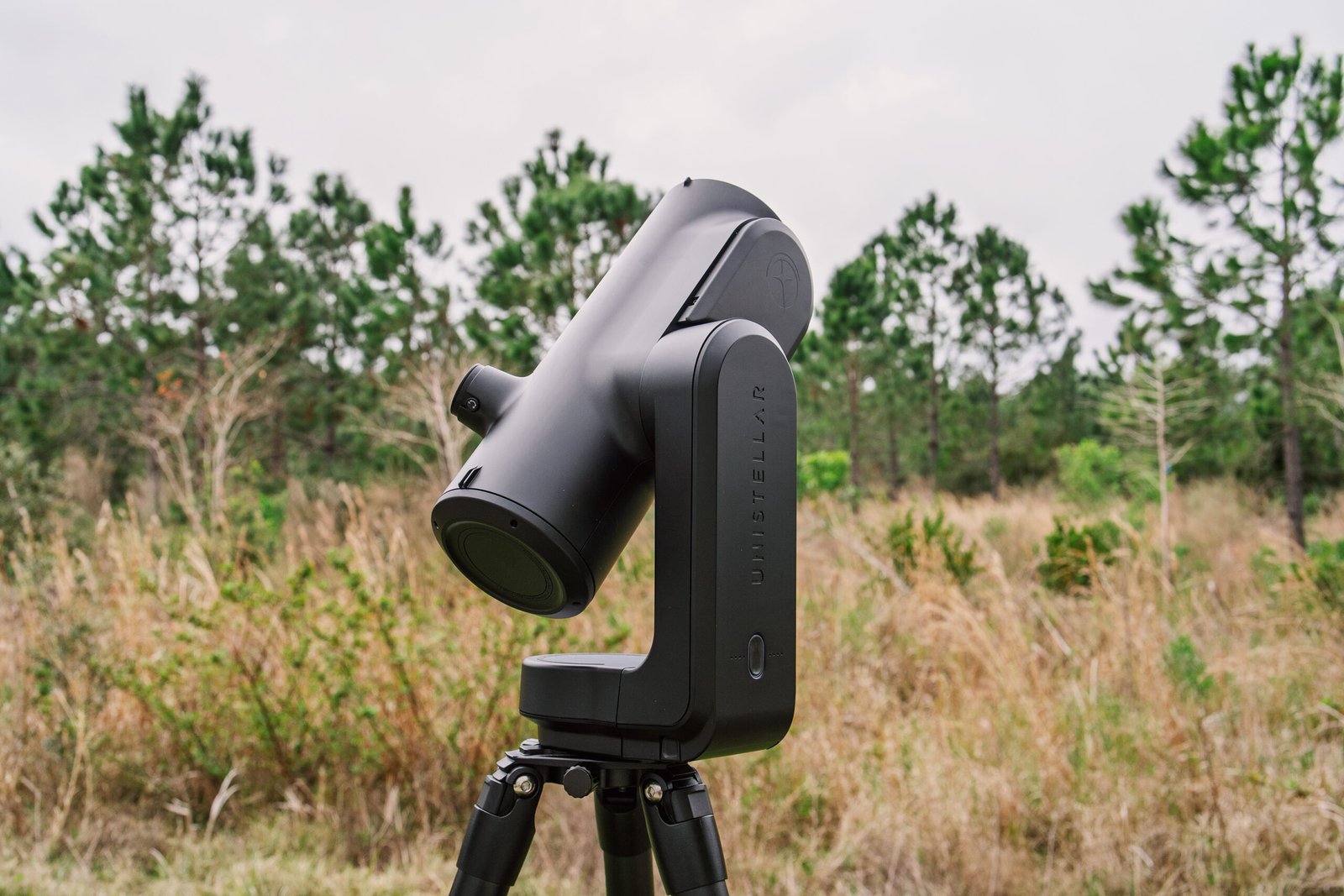A grand celestial reunion is happening through February: Skywatchers will get an opportunity to see up to seven planets at once in Earth’s skies. Even the moon will join the cosmic festivities the first week of the month.
Depending on the date, this eye-catching alignment includes either four or five planets that can be spotted with the naked eye: Mercury, Venus, Mars, Jupiter and Saturn. Each planet is bright enough to be seen even under light polluted city skies. They appear as bright points of light with Venus being the brightest, and Mercury the faintest and most challenging.
While the easiest to spot are these five bright worlds, Uranus and Neptune are also getting in on the action but are a bit more of a challenge to observe. These planets will sit between Jupiter and Venus in the southwestern sky. They are both significantly fainter and so you will need binoculars to glimpse them. They will appear as greenish-blue fuzzy points of light. A small telescope, however, will begin to reveal these ice giants at the edge of the solar system as tiny disks.
A planetary parade
All seven worlds and the moon appear strung along a line in Earth’s skies because follow a path known as the ecliptic. To be clear though, the planets always appear along the line of the ecliptic, though seeing four or five at once is more uncommon and doesn’t happen every year.
Despite all the social media claims, it’s not all that rare to see multiple planets in the sky at once. While this planetary alignment is certainly a stunning sight, it’s not breaking any records in terms of how close they appear to each other in our sky. A more compact huddle occurred in the summer of 2022 across the pre-dawn sky.
While this parade of planets look to our eyes to be huddled in the evening sky, they are of course spread out across a vast chasm of space across the solar system, separated from each other by millions of miles.
Use the moon as a guide
Look to the bright moon for a convenient guidepost; it’ll pose with a different planet from one day to the next.
Stand out dates include January 31 when the moon is closest to Saturn, then February 1 with the moon huddling close to super bright Venus and distant Neptune. February 5 sees the moon pointing to the faint ice giant Uranus, and February 6 has the moon join Jupiter. As added attraction, the cosmic pair will form a visually impressive line up with the bright orange-hued star Aldebaran.

Skychart for Feb 1, 2025
Illustration by Andrew Fazekas
The moon will then continue its march across the sky and meet with Mars on February 9, but keen eye-skywatchers will also notice that it will be joined by the bright twin Gemini constellation stars, Castor and Pollux. Fnally, Mercury will rise out of the sunset towards the end of the month, becoming easier to spot as it snuggles up to Saturn on February 24.
How to see the planetary alignment
This event can be glimpsed by the vast majority of the world’s population, no matter where you are. The most important advice to snag all seven worlds, especially Mercury in the last week of February, is to get a clear, unobstructed view of the low southwestern horizon 30 to 45 minutes after your local sunset.
Get your views in now as the planetary party won’t last long. By mid March the planets will begin to disband, some becoming hidden by the sun’s glare while others enter the early morning sky. It’s amazing to think that when you look up at these planets, you’re peering into the vast expanse of our solar system. Each planet orbits the Sun at vastly different distances—Mercury sits about 36 million miles, while Neptune is at a stately 2.8 billion miles distant from our star. Yet here they are, all visible at once from our little perch on Earth.
Andrew Fazekas, the Night Sky Guy, is the lead author of the Stargazer’s Atlas and the best-selling second edition of The Backyard Guide to the Night Sky. Follow him on
,
, and
YouTube
.











